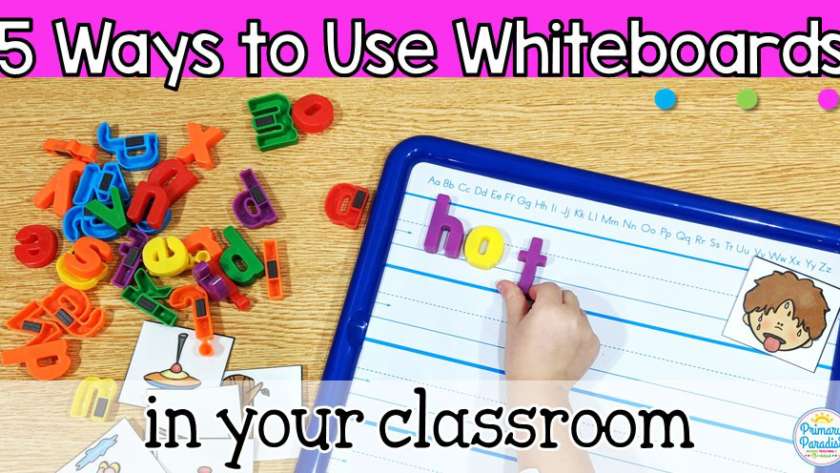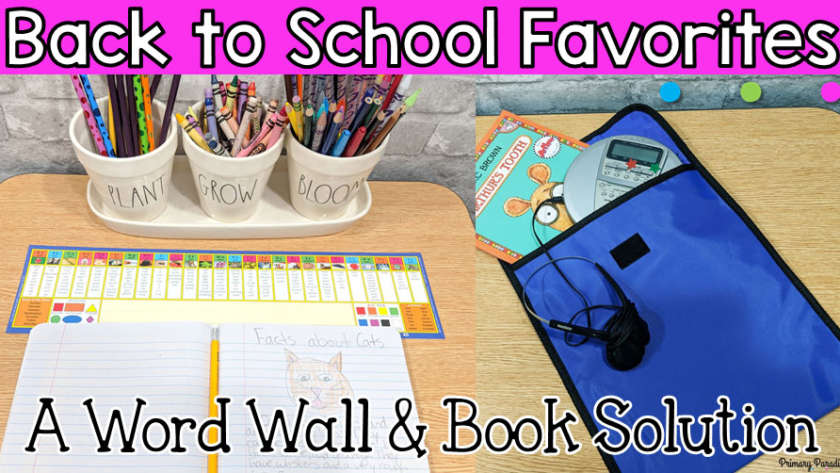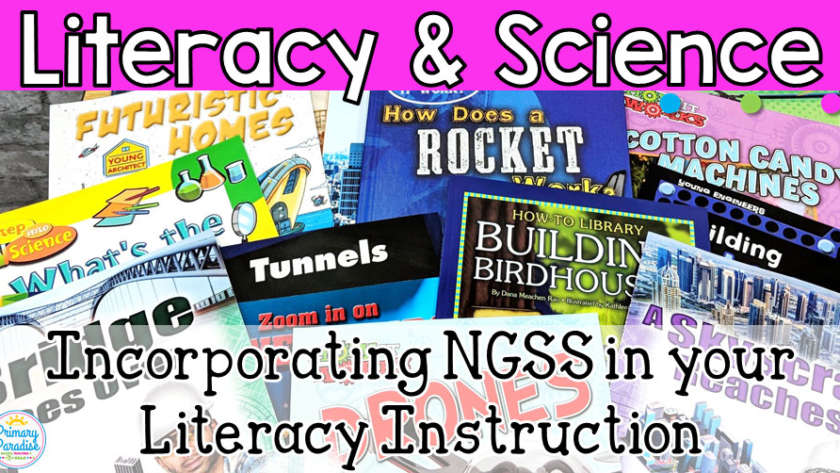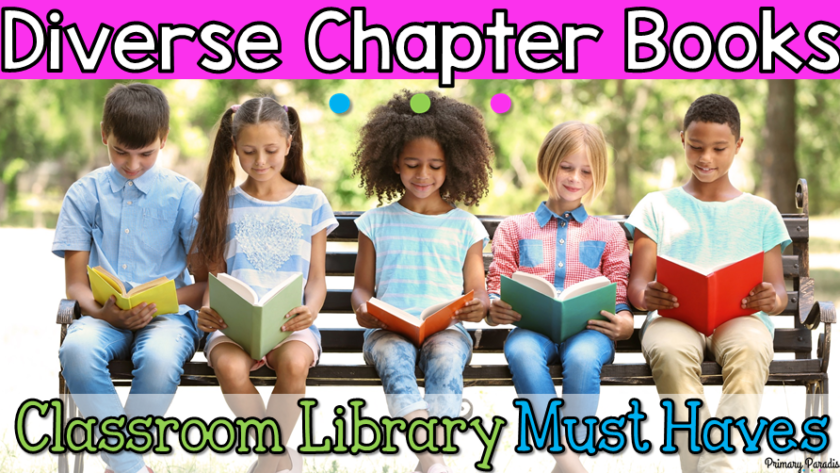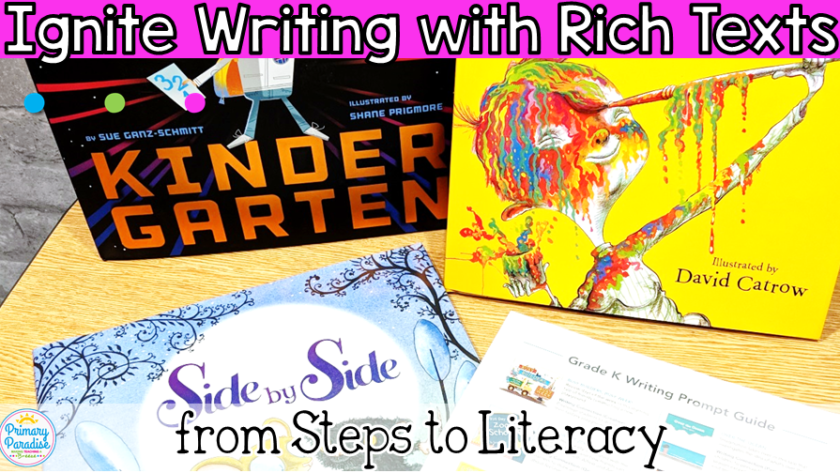Whiteboards, or dry erase boards, are such a versatile and helpful classroom tool. They’re a great way to reduce paper use, do a quick, informal assessment, and give your students a chance to quickly jot down ideas. Today, I’ll share some ways I like to use whiteboards in my classroom. A Classroom Tool that Every Teacher Needs When first year…
Back to School: a week or two into summer, and I’m always already starting to think about the next school year. As a classroom teacher, I always tried to reevaluate the things that worked well, and the things I needed to improve each year: like my word wall and take home books. Today, I’m going to share two great products…
NGSS in Elementary Classrooms: How to Incorporate Science Into Your Literacy Instruction
June 1, 2018NGSS: Next Generation Science Standards are designed to give students a foundational science education that can serve them throughout their schooling and into their careers as adults. These standards include scientific skills such as STEAM and STEM that will give them knowledge to excel in jobs of the future. This post discusses how you can add this important instruction into your current…
Have you ever stopped to examine your classroom library and compare the make up of the characters in your chapter books with the make up of the students in your classroom? Even if the make up of your classroom and school isn’t particularly diverse, it’s still so important to share a variety of diverse chapter books with our students that reflect…
Student writing and reading are intrinsically linked. As teachers, it’s not just our responsibility to teach our students the mechanics of writing and reading. Rather, we must work to ignite a passion for both! That connection between reading and writing is key to unlocking our students hidden potential as strong writers. We can use rich literature as mentor text (read more about why…
